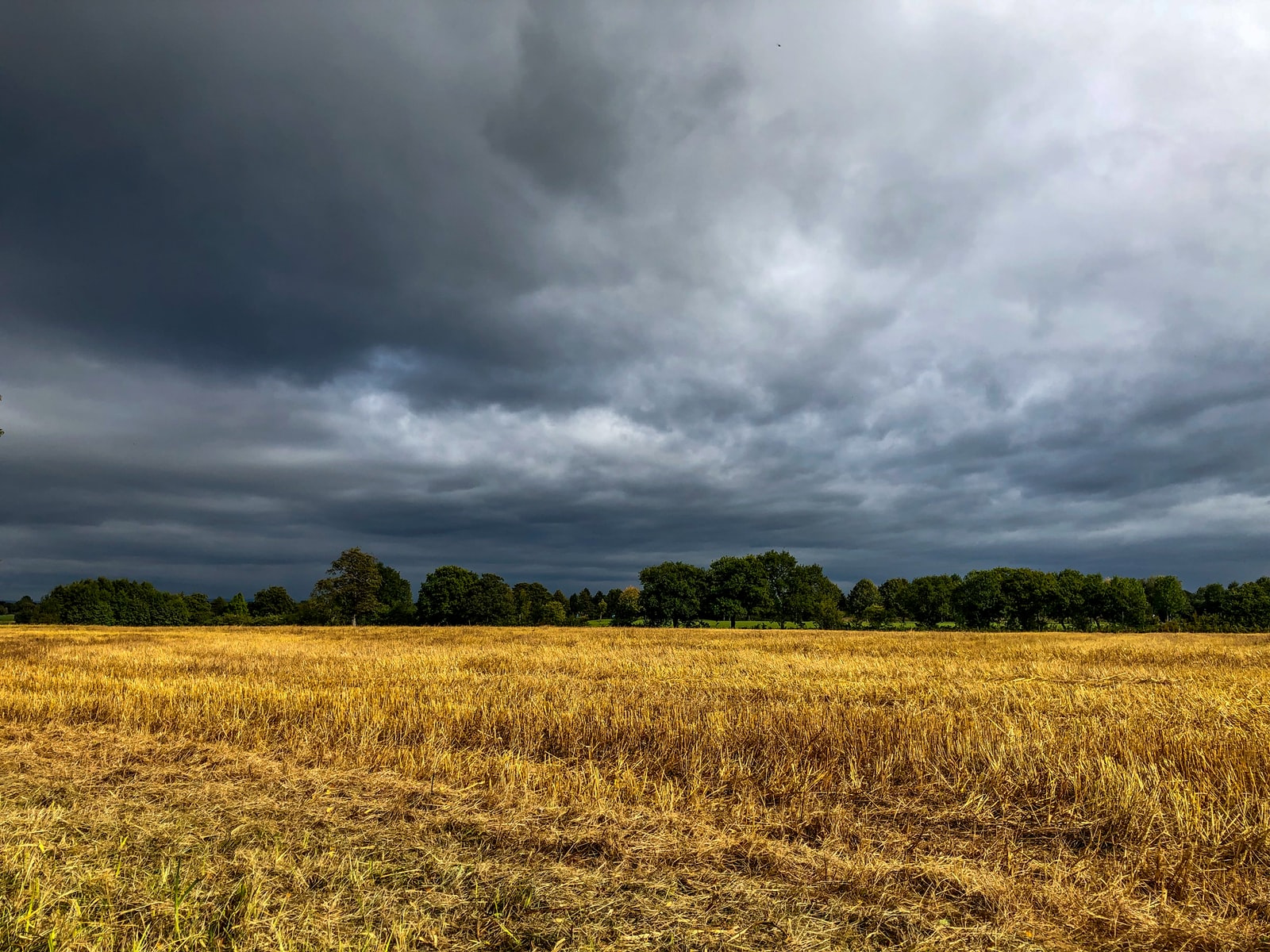“Despite the loss of 25% of cultivable land, the structure of the crops sown this year is more than sufficient to ensure consumption” of the Ukrainian population, Deputy Agriculture Minister Taras Vysotskii told a conference Press.
According to him, “consumption has also decreased due to massive displacements (of the population) and external migrations”, out of the country.
More than seven million Ukrainians are internally displaced, according to the International Organization for Migration (IOM) and the UN High Commissioner for Refugees (UNHCR). Added to this are 7.3 million who have fled abroad, more than half of them to Poland.
Despite the significant loss of land now in the hands of the Russians, “the current structure of cultivated land does not constitute a threat to food security in Ukraine,” assured Mr. Vysotskiï to the press.
“Ukrainian farmers managed to prepare relatively well for sowing before the start of the war,” he added.
“In February, Ukraine had already imported about 70% of the necessary fertilizers, 60% of the phytosanitary products, and about a third of the amount of fuel required” for sowing, he detailed.
The Russian occupation of several Ukrainian regions and the grain blockade imposed by the Russian Black Sea fleet, however, forced Ukrainian farmers “to modify what they sowed and the quantity”, finally specified Mr. Vysotskiï.
Before the war, Ukraine had more than thirty million hectares of arable land, according to the World Data Center-Ukraine, an international NGO.
If the consequences of the Russian invasion on the Ukrainian internal market seem limited for Mr. Vysotskiï, the impossibility of exporting the cereals produced abroad raises fears of “a hurricane of famines” in the months to come according to the UN.
“Currently, between 20 and 25 million tonnes of cereals are blocked and this autumn this figure could increase to 70-75 million tonnes”, warned on June 6 Ukrainian President Volodymyr Zelenskyy, whose country was the world’s fourth-largest exporter of grain. wheat and corn before the Russian invasion.
The Russian-Ukrainian conflict opposes two-grain superpowers – Russia and Ukraine together account for 30% of world wheat exports. It caused a spike in the prices of cereals and oils, the prices of which exceeded those reached during the Arab springs of 2011 and the “food riots” of 2008.




GIPHY App Key not set. Please check settings